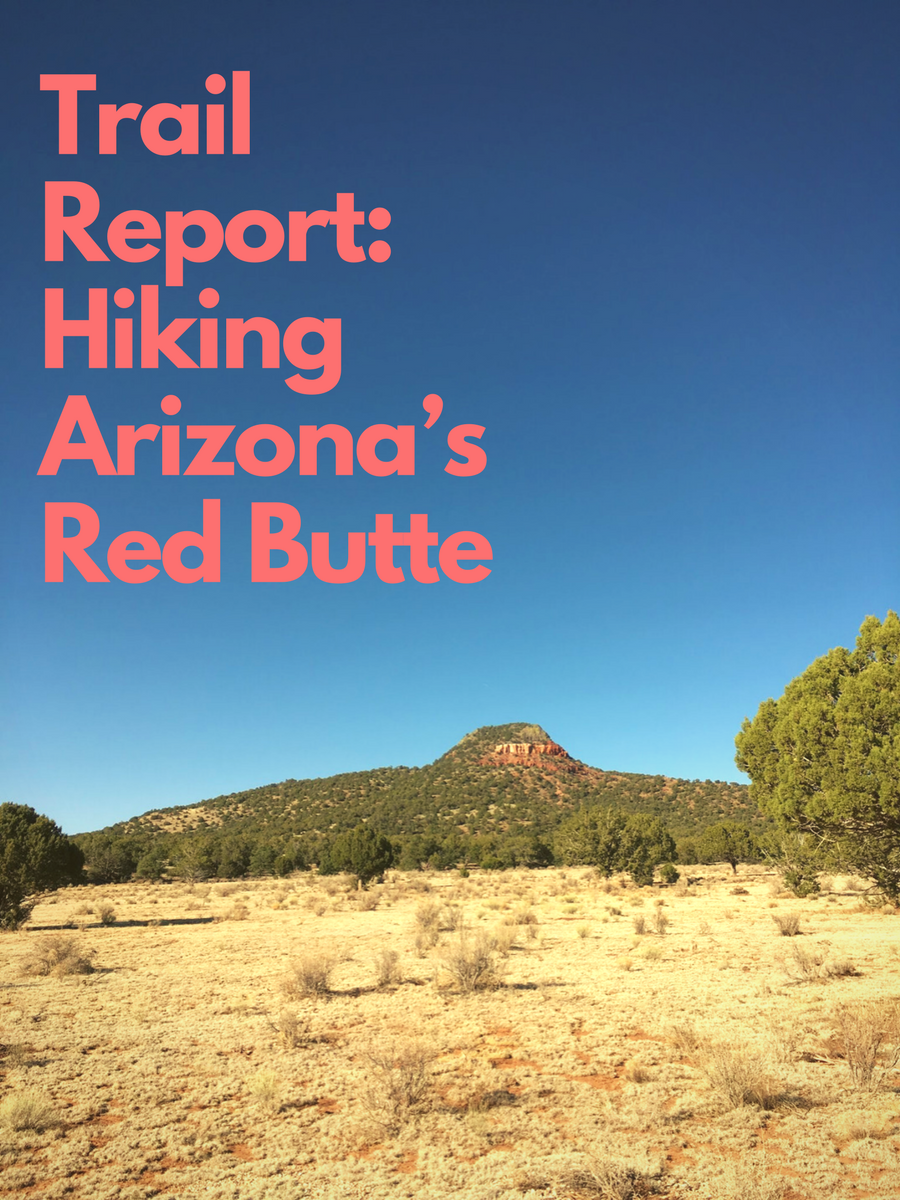The only time that I have ever felt like I was being watched, I was. A late September moonless night found us walking through a narrow drainage. An hour ago, we had almost broken up. The tears had dried, and darkness had fallen, marking the time to head back.
It’s an eery feeling. It is hard to describe, and I will not dare to try and explain a natural cause. Rarely does it get so dark in this part of the earth. Even when the moon is gone, the stars are bright enough to light the way. Yet, on this moonless veil the only light in a black night came from our fading headlamps.
I noticed a fog floating about. Around here, moisture does not assume the form of fog. The land is too high, too dry. Fog is uncommon, and unwelcome on a night like that one.
We made conversation on the walk down, mainly to dispel the inherent discomfort that comes from walking through the woods at night. I didn’t expect to see anything other than a deer, maybe nothing worse than a fox. When two reflective eyes caught our beams, I did not think much of it.
Out of curiosity, we stopped to get a closer look. Standing 30 feet from the eyes, we shone our lamps towards them. Our beams were just bright enough to make out the vague shape of an animal. Four legs, an earth colored blob, khaki coat, svelte figure.
No problem. It’s just a deer. Right?
Atop The Red Butte
Sharp little pieces of rock were clues to what I was looking for. Against the grey volcanic soil, their red and their orange and their cream colors stood out. I gathered a few for inspection. Flint knapping shards, I’m sure of it. Arrowheads, maybe a hand tool can be found nearby.
Yet, my search yielded nothing. Instead, I headed toward the Forest Service Fire Lookout that now sits atop Red Butte. Red Butte is the highest point around. From the highway, Red Butte is not much more than a bump, a pimple. It is ignored by travelers, particularly because the Grand Canyon lies just to the north.
Still, it has long caught my attention. One lazy April afternoon, I decided to make the drive out to Red Butte. The trail is short, and gently switchbacks up the side of the formation. Hiking it, I decided, would be a good way to kill an afternoon. I could get a little exercise, and enjoy some views along the way.
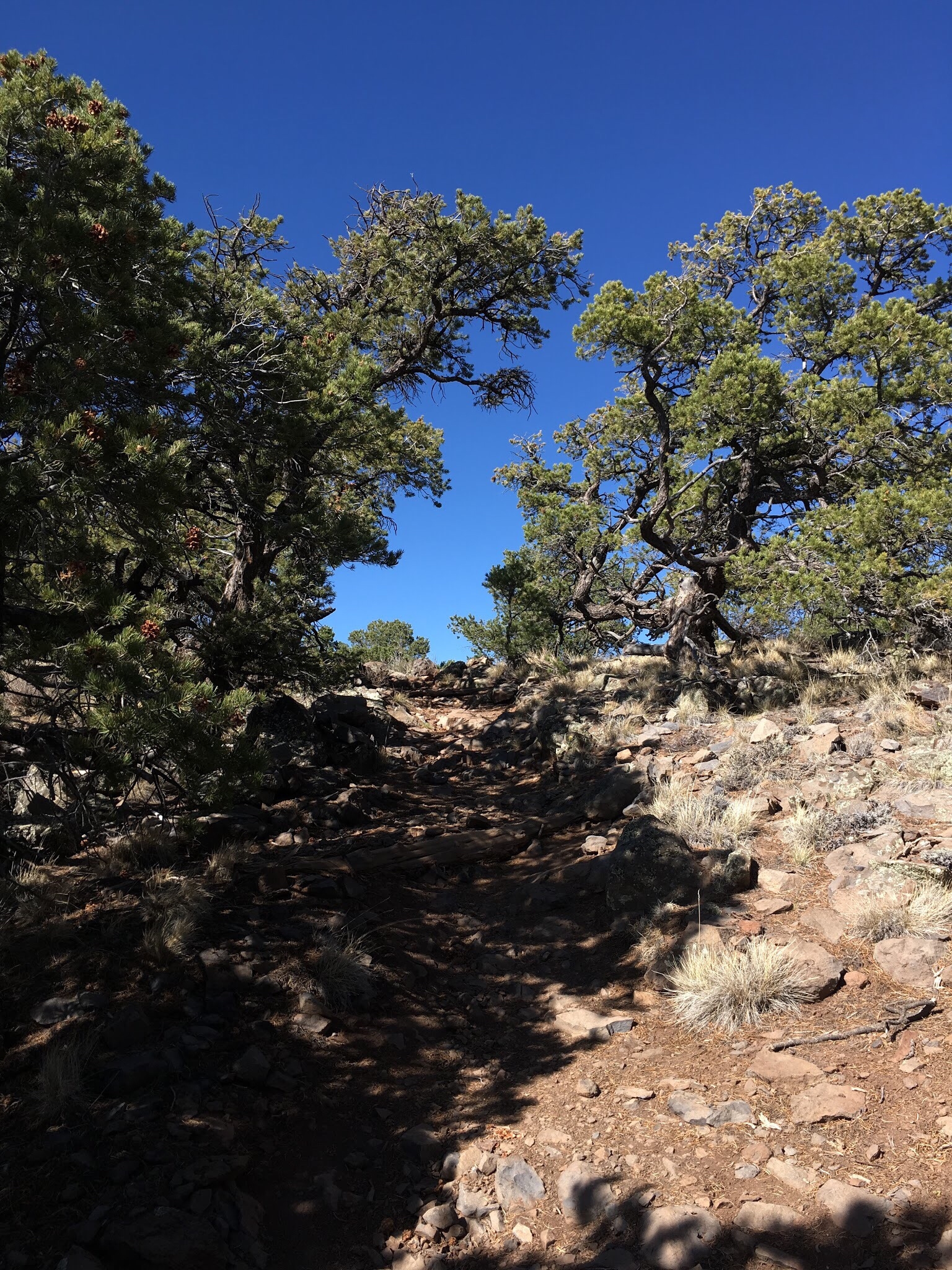
The fire lookout was unoccupied. The windows were boarded up, and the doors were locked. Now that the weather was becoming friendlier, it will soon become occupied once again. Yet, when I arrived, there was no sign of a soul. Construction materials lay strewn about the base of the tower, likely put on hold until another Forest Service could finish their work.
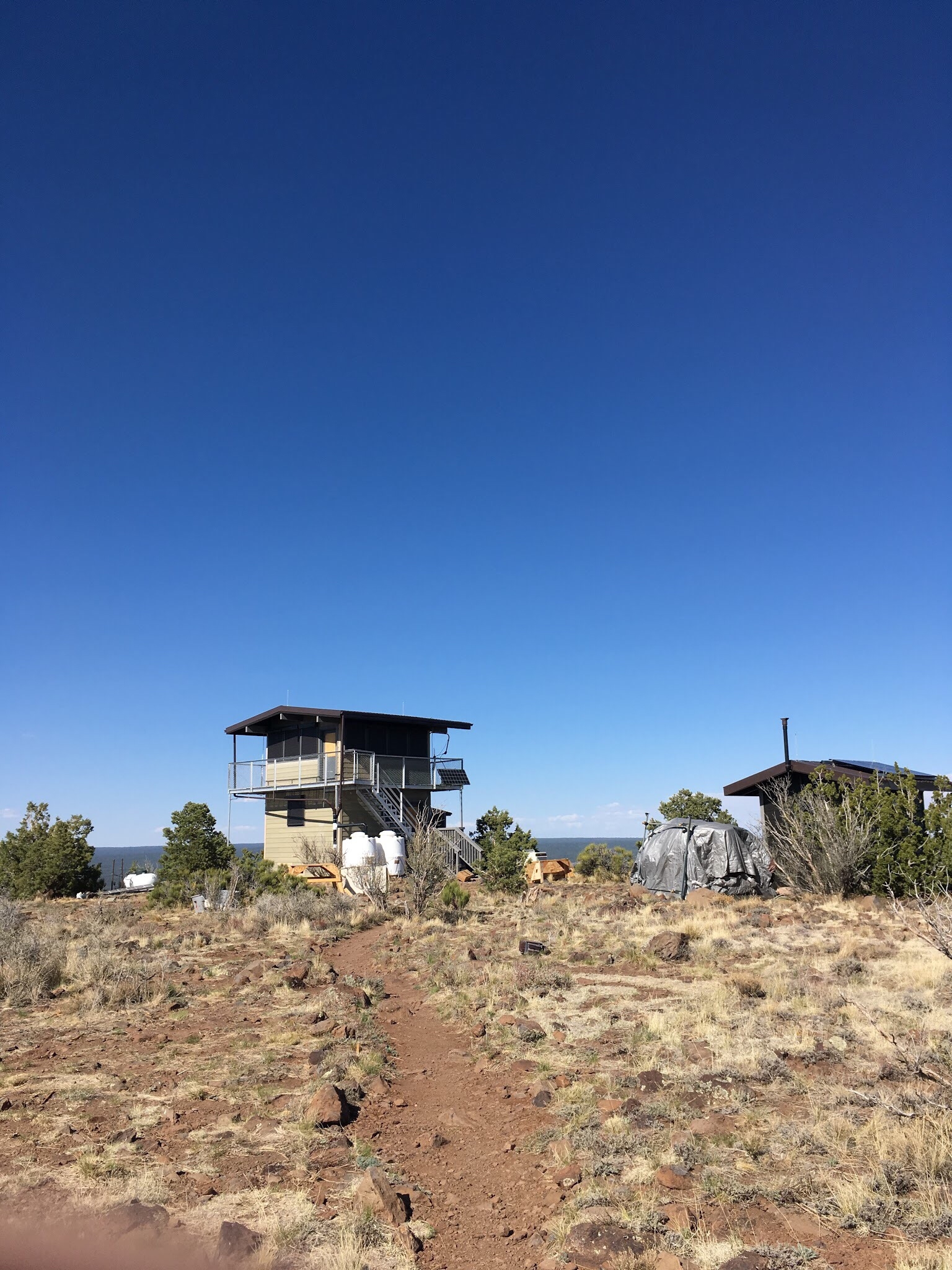
Wind sheared the summit, as it often does to prominent geographic landmarks. The wind blew bits and bobs against the tower This empty building was noisy, I could almost mistake it for another human rummaging around. Unsettling, knowing that I am up here alone.
I turned my attention to the north. Drainages snaked northwards as they declined towards the Grand Canyon. Flash floods will help them to dump refuse into the canyon, the big famous rift in the Colorado Plateau. Ponderosa groves grew in these drainages, surviving on the water tapped out of the earth. I wanted to travel the streams about me, see what I could find that may lay hidden below the trees. Another day to explore.
My survey was cut short. A noise near the tower caught my attention. Something fell, creating a metallic clank. I felt unsettled. The same feeling of being watched, the same one that I felt in the dark canyon months before, was in the air. Better to be on my way, I thought. There was more to explore, and more treasure to find.
Ancient Times-The Clinched Fist
A small network of foot paths traverses the summit. Red Butte’s namesake likely comes from the sedimentary layers of Moenkopi and Shinarump exposed on its flanks. Capping the Butte is a tough layer of basalt. For whatever reason, the rest of the plateau eroded away, and Red Butte remained, standing as the highest point between the San Francisco Peaks and northern mountains.
In ancient times, Red Butte was a point of importance. The natives of this land, the ancient Puebloans, used it as a winter hunting outpost. Tools were crafted here, the evidence of which can be found in the knapping shards scattered about. The wide, flat top would have provided a 360 degree view of local game movement. To the South, the snow caps of the San Francisco Peaks are in view. North of here, the Juniper Scrublands turn to verdant forest before dropping off into the Grand Canyon. In several spots, stacked rocks can be found-likely the remains of wind shelters.
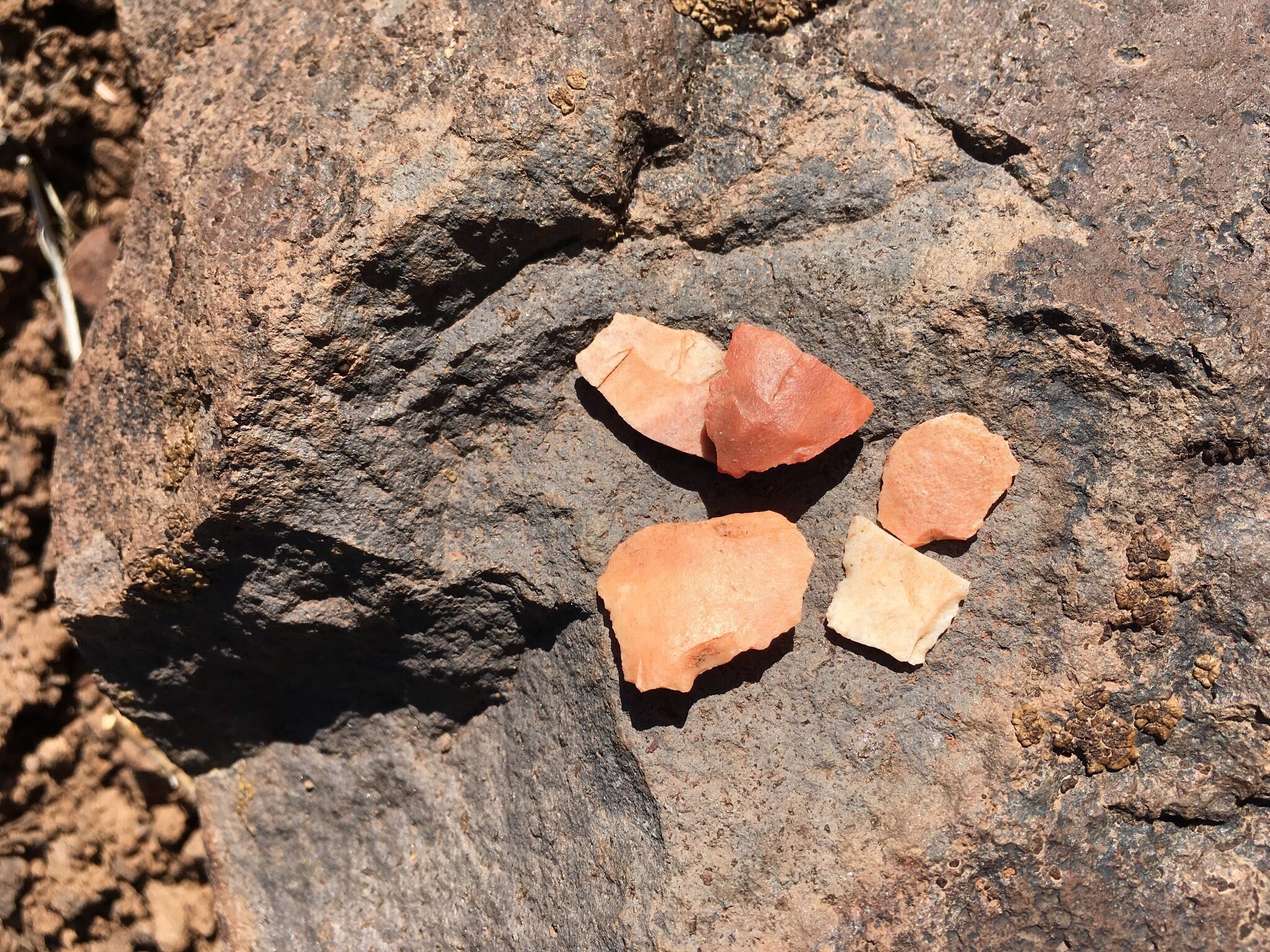
The Havasupai have a name for Red Butte. To them, it is called the Clinched Fist. It is sacred to this tribe. In a land known for its grandeur, that Red Butte is held in such regard to anyone speaks to its utility and importance. Despite its prominence, it barely registers on the scale of all things geographic.
It has been said that the Colorado Plateau is the greatest outdoor museum in the world. The millennia have seen cultures come and go, leaving behind fading signs of their tenure. Every bump and dip in the land holds something that tells of ancient people, that another world lays there, obscured.
I am drawn to these sites. I like to seek out remnants that others have left behind. By any standard, all I found at Red Butte was detritus left and forgotten. When I hold it, I can’t help but feel that I find a connection reaching through time and conceptual space. It’s a form of escapism, where I play around in a storybook reality existing only when another time intersects my own.
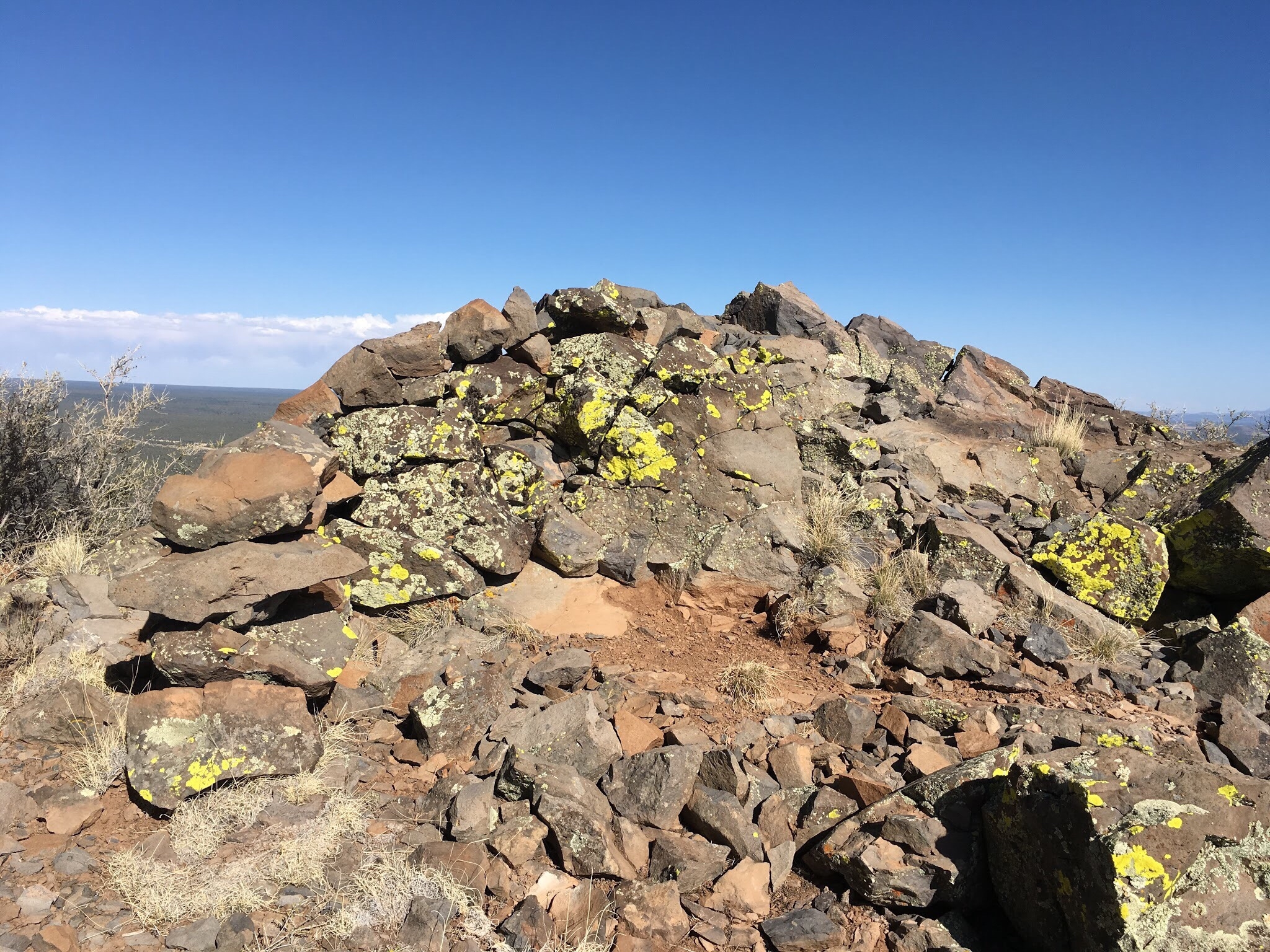
I can’t say that I was being watched, but I will trust that I was , because Iknow the feeling too well. It was felt it at the lookout tower, and I felt it on the hike up. I was the only hiker that day. I saw no one, yet I was not alone. Red Butte, in all its uses, still has people there. To me, they are as alive as the wind turning the Juniper.
I made the hike down in good time. Off trail, twenty feet away, a rattlesnake warned me of its presence. It was crouched, ready to leap and deliver its defensive strike. A rattler is not normally so aggressive. Rarely do they rattle from such a distance. Only when you walk up on them, startling them do they feel it necessary to sound their alarm. It must have felt me long before it saw me, yet it needed me to leave. I was being watched, and it made itself known.
Best hurry on my way. I returned to my car, and drove south.
Directions:
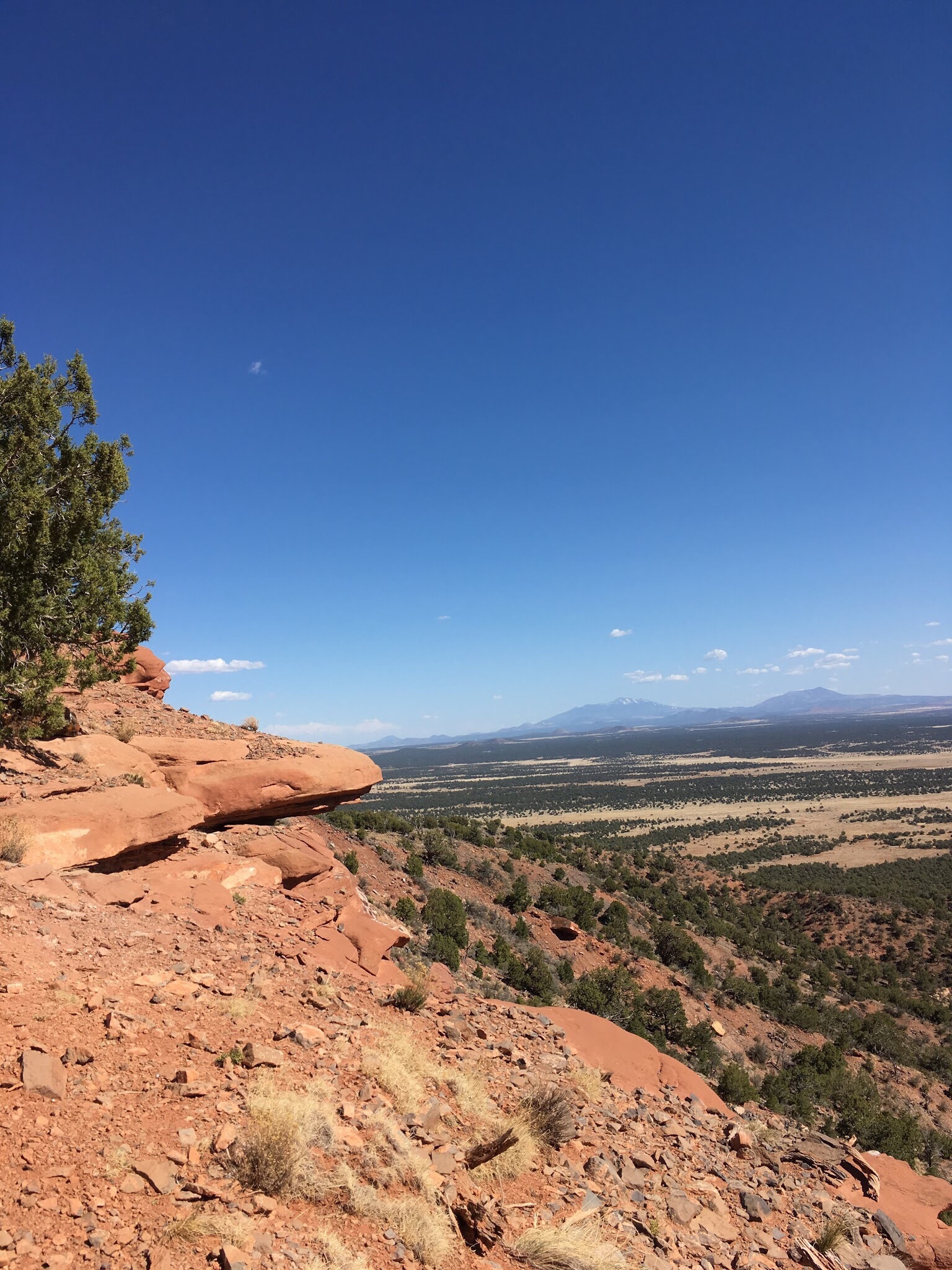
From Flagstaff, Drive north on Highway 180. Red Butte should come into view north of Valle. Turn right on Forest Road 320. Follow the signs to the Red Butte parking area.
- The Best Campsites Around Big Bear California - February 26, 2021
- Hiking to the Hollywood Sign Via the Brush Canyon Trail - July 13, 2020
- Dirt Cheap Hiking and Backpacking Gear: The Most Affordable Gear on the Internet - July 4, 2020
